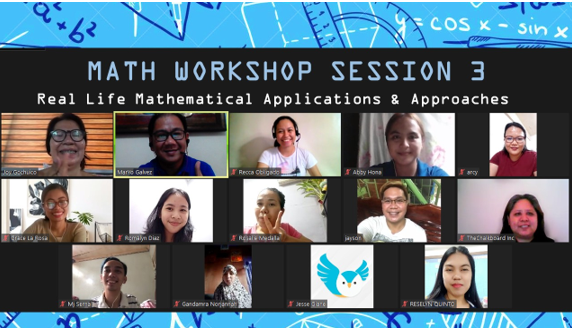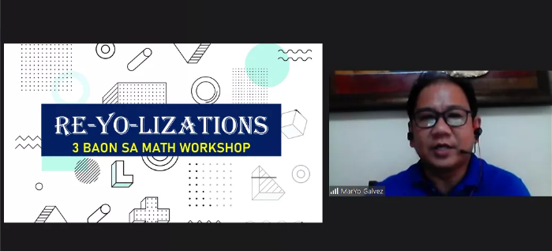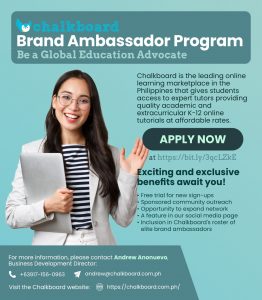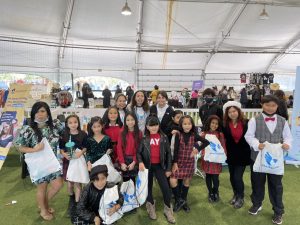
The Pisara Project: “Hub ang Tulay sa MATHinong Pag-aaral” of Chalkboard and the Pasig Community Learning Hub is a three-part series done every Sunday from May 16th to the 30th. It had been very successful and significant in its first two weeks – giving valuable teaching methods that can help our participating tutors become better at their craft, specifically when teaching Mathematics. The third and final week of the workshop continues to prove its worth! The final topic of the workshop is Real Life Mathematical Applications and Approaches spearheaded by Ms. Mary Grace La Rosa, LPT.
Before beginning the workshop proper, Sir Maryo Galvez of the Pasig Commmunity Learning Hub gave his Re-Yo-Lizations as a recall to week 1 and 2’s key points. It was fun and many appreciated this part as they were able to talk about the important things they learned during the past workshops.

Math is very important in each of our lives. Mathematics is a tool in our day-to-day lives, and most of the time, we do not even realize or notice it. Creating and spending budgets, paying for groceries, buying things on sale, and cooking meals all have to deal with math in some way or another. One has to be able to measure out ingredients, count money, computing for the time, and many more. We don’t usually realize how much math is around us until we take a step back and look. Without math, our lives wouldn’t be as organized as it is now. And that is what Ms. Mary Grace would want us to know in our third workshop.
One good reason as to why students find math difficult is because many of the concepts are abstract and can be hard to master. Variables, equations, and the dreaded math problems can all be difficult to figure out and understand if not presented or discussed in a comprehensible manner. But in reality, everyone needs to solve real life situations that involves math. We just need a little help to see math in a better light. Ms. Mary Grace presented practical application of Math concepts that would make everyone see its significance in our daily lives. She also presented examples of how to teach math concept using available materials at home. This method is somehow similar to what Engr. Rachelle Tablan had discussed on Pisara Project’s second workshop.

Ms. Mary Grace also discussed to everyone the VARK Model of learning. The VARK model of learning styles suggests that there are four main types of learners: visual, auditory, reading/writing, and kinesthetic. Learners are identified by these preferences.
Visual learners learn best by seeing. Graphic displays such as charts, diagrams, illustrations, handouts, and videos are all helpful learning tools for visual learners.
Auditory learners learn best by hearing information. They tend to get a great deal out of lectures and are good at remembering things they are told.
Reading and writing learners prefer to take in information that is displayed as words and text.
Kinesthetic learners learn best by touching and doing. Hands-on experience is important for kinesthetic learners.
Each of the following learning models were properly explained by Ms. Mary Grace and gave corresponding examples on how to teach math depending on what type of learning model the student has. Being aware of one’s learning model can be beneficial for both the learner and teacher. The teacher, being fully aware of the student’s preference, will do lessons according to their needs. And the learner, will have a better chance of understanding the lesson.
Before the workshop culminated, the participants were given their certificate of participation – one certificate for each week they have been present!
It is in workshops like these that Chalkboard continue to bring inspiration and life-long valuable lessons to many, as part of our goal to bring access to quality education for everyone.


